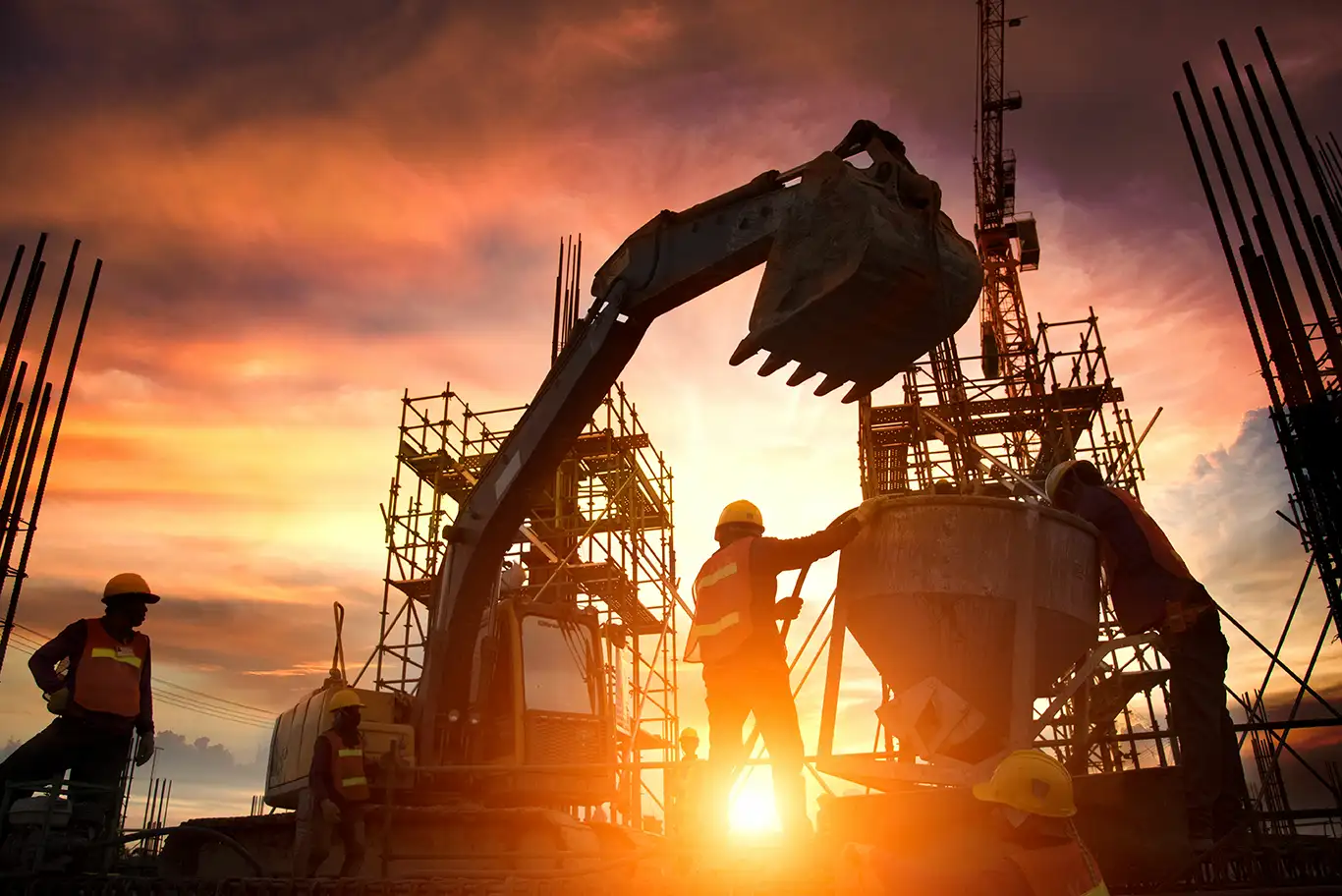Heavy civil construction moves fast. Crews are constantly shifting, equipment is always in motion, and the paperwork too often lives on clipboards and in back seats.
For contractors working on roads, bridges, underground infrastructure, or site prep, the admin side of the job can be as relentless as the work itself. But the good news? A growing number of contractors are trading in the binders, spreadsheets, and coffee-stained sign-off sheets for tools that actually keep up.
Here are seven common tasks that get smoother, faster, and easier when heavy civil contractors go digital.
1. Pre-Task Hazard Assessments (PTHAs)
No two phases of a civil job are the same. One day you’re laying pipe in a trench, the next you’re working under live traffic. The risks change constantly, and so should your hazard assessments.
The headache:
- Paper PTHAs get skipped, delayed, or soaked in the rain
- Crews wait on supervisors for forms and signatures
- Completed paperwork piles up in someone’s truck
The digital upgrade:
- Crews complete PTHAs on mobile devices; no printing or photocopying
- Submissions are time-stamped and instantly visible to management
- You get a real, trackable record of due diligence
2. Equipment Sign-Offs and Pre-Use Inspections
From graders and rollers to trench boxes and saws, civil jobs depend on heavy equipment being safe and ready. Pre-use inspections are standard—but tracking them shouldn’t be a full-time job.
Common issues:
- Operators forget or rush through inspections
- Forms go missing before they reach the office
- It’s unclear who last used the equipment—or if it was signed off at all
Why digital helps:
- Inspections are tied to specific assets with QR codes or task assignments
- Photos of issues or defects can be attached directly to the form
- Reports are searchable by machine, operator, or date
3. Site Sign-Ins and Headcounts
If a client, GC, or safety inspector asks who was on site at 7:00 a.m. Tuesday, you need more than a guess—and faster than someone flipping through a binder.
The paper problem:
- Names are illegible
- Visitors skip the form
- No digital backup in the event of an incident or audit
The digital fix:
- Crews and visitors sign in via kiosk or QR code
- Every entry is time-stamped and geotagged
- Office teams can run reports by date, project, or worker instantly
4. Time Tracking for Multiple Crews and Shifts
Tracking labor hours accurately on a site with rotating crews, long days, and multiple work zones is a challenge. It’s also the foundation of your payroll and productivity tracking.
The old way:
- Workers fill out hours at the end of the week (or try to remember them)
- Foremen text in numbers that don’t match what payroll sees
- Admins spend hours cleaning it all up before pay runs
The better way:
- Digital timekeeping lets workers punch in from their devices
- Supervisors can view hours in real time across multiple projects
- You get clean, exportable data that feeds directly into payroll or job costing
5. Certification Tracking and Skills Verification
Whether it’s confined space, hoisting, or first aid, heavy civil crews need proof of competency. And when you’re mid-project, there’s no time to dig through a truck to find it.
Why it matters:
- One expired cert can put your entire team at risk
- Clients and inspectors often demand proof on the spot
- It’s easy to lose track with dozens of workers and job types
How digital simplifies it:
- All certifications live in one place, linked to the worker’s profile
- Supervisors can verify tickets on-site—no wallet cards required
- The system alerts you before certs expire, so you’re never caught off guard
6. Incident and Close Call Reporting
Mistakes and near misses happen. When reporting is slow, incomplete, or just plain painful, those lessons get lost—and so does your ability to correct them.
On paper:
- Reports are delayed (or skipped altogether)
- Photos and signatures are stored separately
- There’s no easy way to notify the safety team
With digital tools:
- Crews submit reports directly from the field, including photos and comments
- Supervisors get real-time alerts
- Every report is logged, searchable, and backed up for investigations or training
7. Sharing Critical Docs (SDS, Emergency Plans, Engineered Drawings)
Even on massive jobs, access to critical documents often relies on… a binder in someone’s truck.
The real-world problem:
- Crews can’t find the latest drawing
- SDS sheets aren’t available when needed
- Outdated plans or procedures cause rework or safety issues
How digital makes a difference:
- Workers access up-to-date documents on mobile or tablet
- QR codes can be posted near equipment or access points for instant retrieval
- Version control ensures you’re not working off last month’s file
When your crew can get the info they need, where and when they need it, they work safer—and faster.
The Bottom Line
Digital tools don’t replace hard-earned field experience. They support it.
If you’re running multiple crews, tracking certs, juggling inspections, and trying to keep your paperwork tight while the jobsite evolves by the hour, paper just can’t keep up.
Going digital doesn’t mean overhauling everything—it means removing the bottlenecks that slow your team down and make compliance harder than it needs to be.
Want to see how civil subs are using Corfix to streamline these workflows? Book a demo.
We’ll show you what it looks like in the field—no fluff, just practical solutions that work the way your crews already do.
